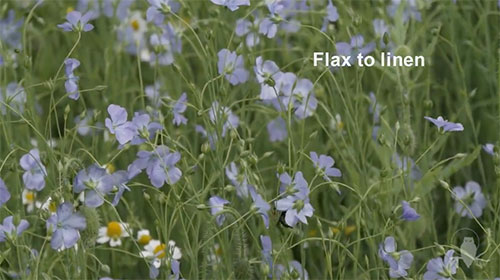My all-time favorite fabric for hand embroidery is linen. I love good linen, so I’m always at pains to seek it out and acquire it, not just for personal stitching but also for the kits and supplies that I offer here on Needle ‘n Thread.
Linen for hand embroidery is fairly widely available these days, if you really go to the effort to look for it. But quantity is one thing – quality is another. We have that “embarrassment of riches,” but it still takes effort to find the Good Stuff.
Luckily, there are people out there who care about getting really good linen into the hands of stitchers. There are companies that still make beautiful linen (predominantly in Europe), there are distributors who go to the effort and expense to bring it into the country so that shop owners have access to it, and there are shop owners who understand that there are stitchers who want good linen and they go to the effort and expense to stock it. And all this investment in money and effort keeps awareness up and it keeps the supply line going for now. And that’s a good thing!
But have you ever thought about how linen comes to be?

Kind of like the whole farm-to-table movement has raised awareness of where we actually get our food and how much effort it takes for quality food to be produced, this Flax to Linen video will show you how linen comes about and what it takes to get that piece of fabric into your hands.
Granted, the process is not done by hand these days. Still, it takes a lot of work to produce lovely fabric!
It’s a great video – super interesting to watch, mesmerizing, and relaxing! It’s just over 20 minutes long, so grab a cup, kick back, and enjoy!
There’s so much to be said for why linen is such a beautiful ground fabric for hand embroidery, but I have already said a lot about it here on the website. I won’t bore you by repetition! But you’re welcome to explore articles and projects on Needle ‘n Thread that involve linen or talk about linen.
I hope you enjoy this as much as I did! Have a fabulous weekend!

